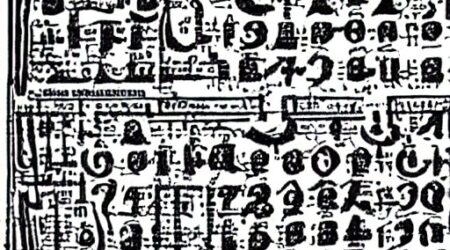Introduction to Fractions: Simplifying, Adding, and Subtracting
Fractions are a fundamental concept in mathematics, representing a part of a whole or a ratio between two numbers. Understanding and mastering fractions is essential for building a strong foundation in arithmetic and algebra. In this blog post, we will introduce the basics of fractions, including simplifying, adding, and subtracting them.
Section 1: Understanding Fractions
A fraction is a way of representing a part of a whole or a ratio between two numbers. It consists of a numerator (the top number) and a denominator (the bottom number). The numerator indicates the number of parts being considered, while the denominator represents the total number of equal parts in the whole.
For example, the fraction 3/4 represents three parts out of a total of four equal parts.
Section 2: Simplifying Fractions
A fraction is in its simplest form when its numerator and denominator share no common factors other than 1. Simplifying a fraction involves finding the greatest common divisor (GCD) of the numerator and denominator and then dividing both by the GCD. The Euclidean Algorithm is a useful method for finding the GCD of two numbers.
Example: Simplify the fraction 18/24.
1. Find the GCD of 18 and 24 (GCD = 6).
2. Divide the numerator and denominator by the GCD (18 ÷ 6 = 3, 24 ÷ 6 = 4).
3. The simplified fraction is 3/4.
Section 3: Adding and Subtracting Fractions
To add or subtract fractions, you need to find a common denominator for the fractions involved. The common denominator is the least common multiple (LCM) of the individual denominators.
Adding Fractions:
1. Find the LCM of the denominators.
2. Convert the fractions to equivalent fractions with the common denominator.
3. Add the numerators and keep the common denominator.
4. Simplify the resulting fraction, if necessary.
Subtracting Fractions:
1. Find the LCM of the denominators.
2. Convert the fractions to equivalent fractions with the common denominator.
3. Subtract the numerators and keep the common denominator.
4. Simplify the resulting fraction, if necessary.
Example: Add 2/3 and 1/4.
1. Find the LCM of 3 and 4 (LCM = 12).
2. Convert the fractions to equivalent fractions with the common denominator (2/3 = 8/12, 1/4 = 3/12).
3. Add the numerators and keep the common denominator (8/12 + 3/12 = 11/12).
4. The resulting fraction is already in its simplest form (11/12).
Conclusion
Fractions are an essential part of mathematics, and mastering them is crucial for success in more advanced mathematical concepts. By understanding the basics of fractions and learning how to simplify, add, and subtract them, you can lay a solid foundation for future mathematical endeavors.








Leave a Reply